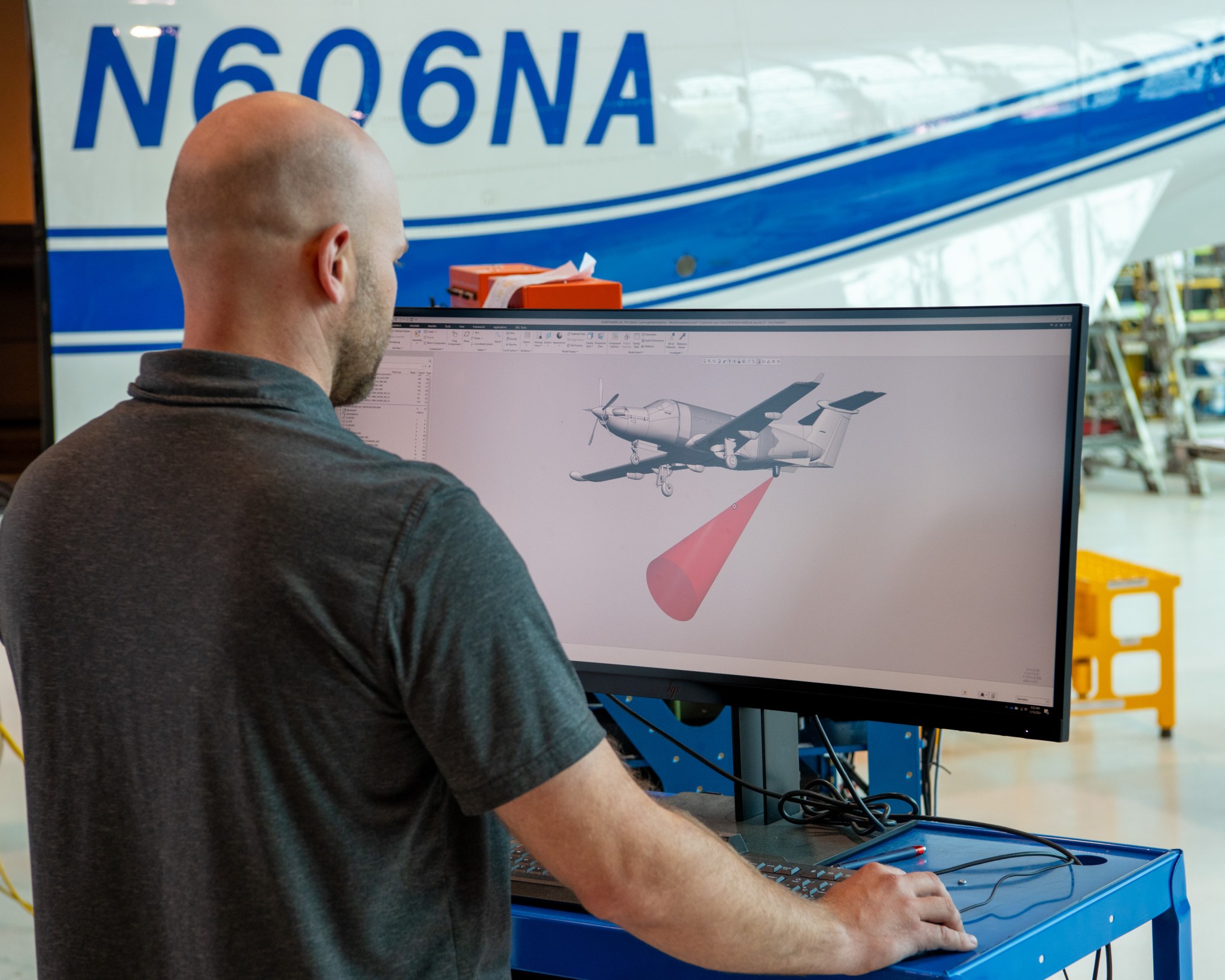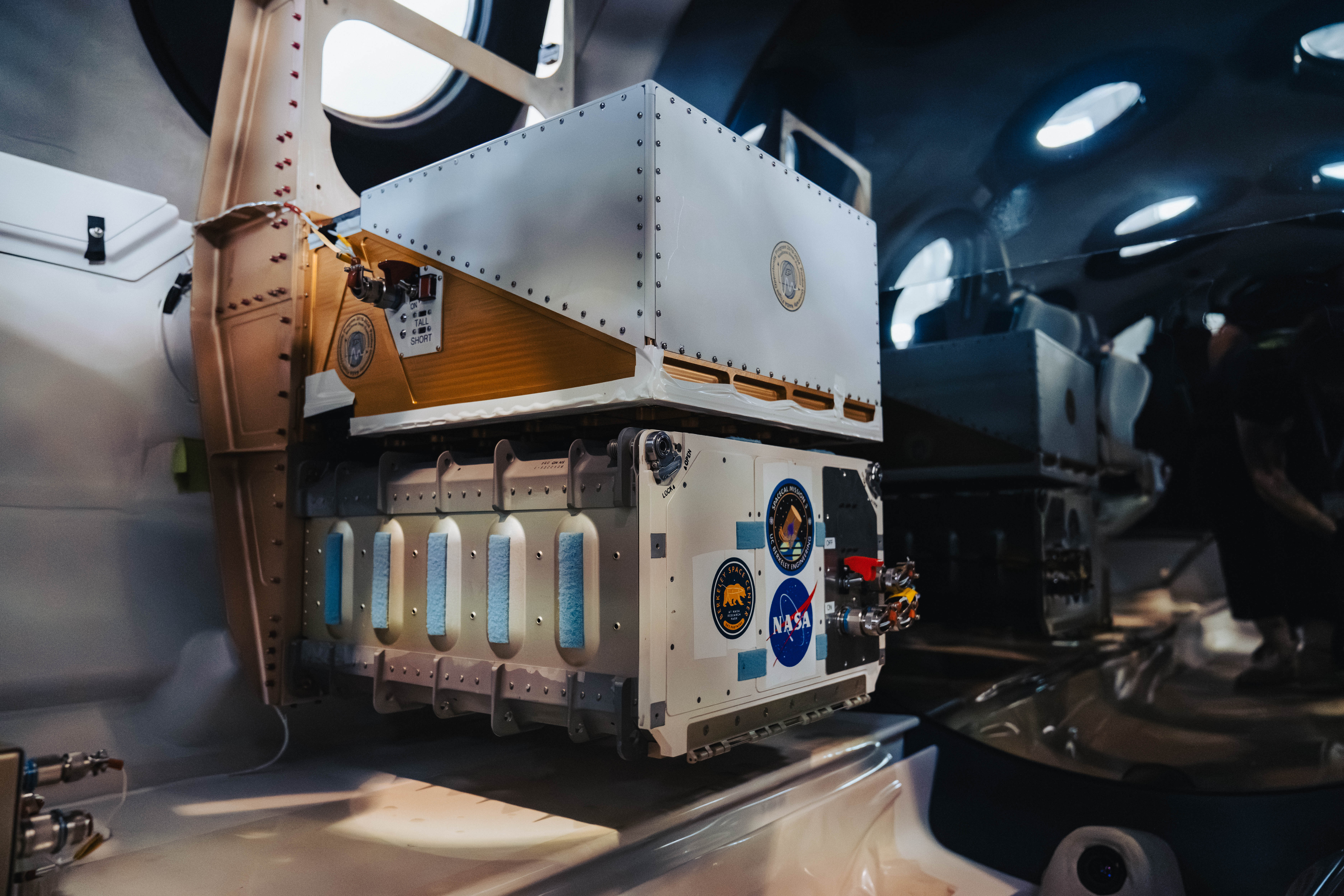Media Invited to Watch NASA Stream 4K Video to Space
NASA invites media to attend a real-time laser communications experiment at the agency’s Glenn Research Center in Cleveland. Researchers are testing a laser communications networking system that could enable the public to watch the first woman and first person of color walk on the Moon in HD during the Artemis missions. The media availability begins […]

2 min read
Preparations for Next Moonwalk Simulations Underway (and Underwater)
NASA invites media to attend a real-time laser communications experiment at the agency’s Glenn Research Center in Cleveland. Researchers are testing a laser communications networking system that could enable the public to watch the first woman and first person of color walk on the Moon in HD during the Artemis missions.
The media availability begins at 11 a.m. EDT on Tuesday, July 30 (weather permitting) at the NASA Glenn aircraft hangar. Media will have the opportunity to see NASA’s Pilatus PC-12 aircraft take off and to film researchers on the ground as they communicate with the airborne team.
During these tests, researchers flying over Lake Erie will test communications between NASA Glenn and the aircraft using High-Rate Delay Tolerant Networking developed by Glenn. The data is transferred over laser communications links at a rate of 1.2 gigabits per second — faster than most home internet speeds.
Earlier this summer, the research team streamed 4K video to the International Space Station from an aircraft for the first time in history.
Media interested in attending should contact Jan Wittry at jan.m.wittry-1@nasa.gov by 2 p.m. EDT on Monday, July 29.
These experiments are part of NASA’s goal to stream very high-bandwidth video and other data from deep space, enabling future human missions beyond Earth orbit. In December, NASA streamed a video featuring a cat named Taters back to Earth from nearly 19 million miles away in deep space using NASA’s laser communications demonstration, marking a historic milestone.
About Laser Communications
Historically, missions have relied on the use of radio waves to exchange information to and from space. Now, NASA is embracing the power of laser communications, also known as optical communications, which uses infrared light rather than radio waves to transmit more data at once.
As NASA explores the lunar surface with advanced science instruments and captures high-definition data, researchers will need faster ways to send large amounts of information to Earth. Laser communications will accelerate the data transfer process and enable 10 to 100 times more data transmitted back to Earth than current radio frequency systems.
For more information on NASA, visit:
http://www.nasa.govnasa.gov
-end-
Jan Wittry
NASA Glenn Research Center, Cleveland
216-433-5466
jan.m.wittry-1@nasa.gov
What's Your Reaction?



















.jpg?#)


































